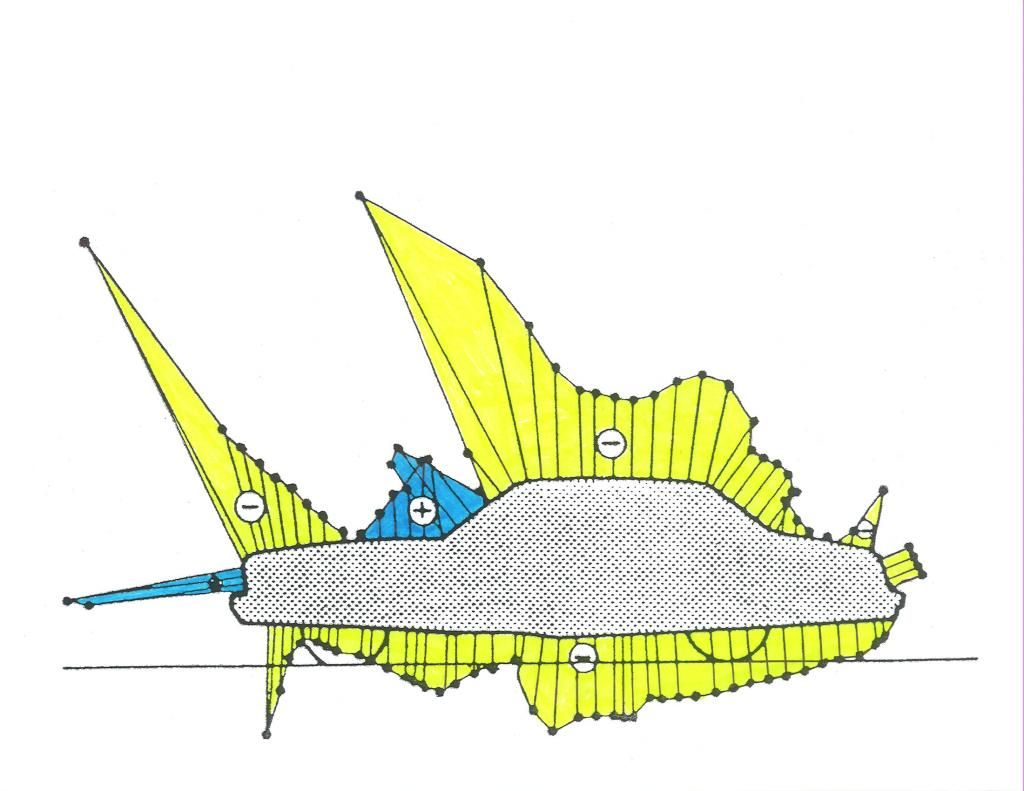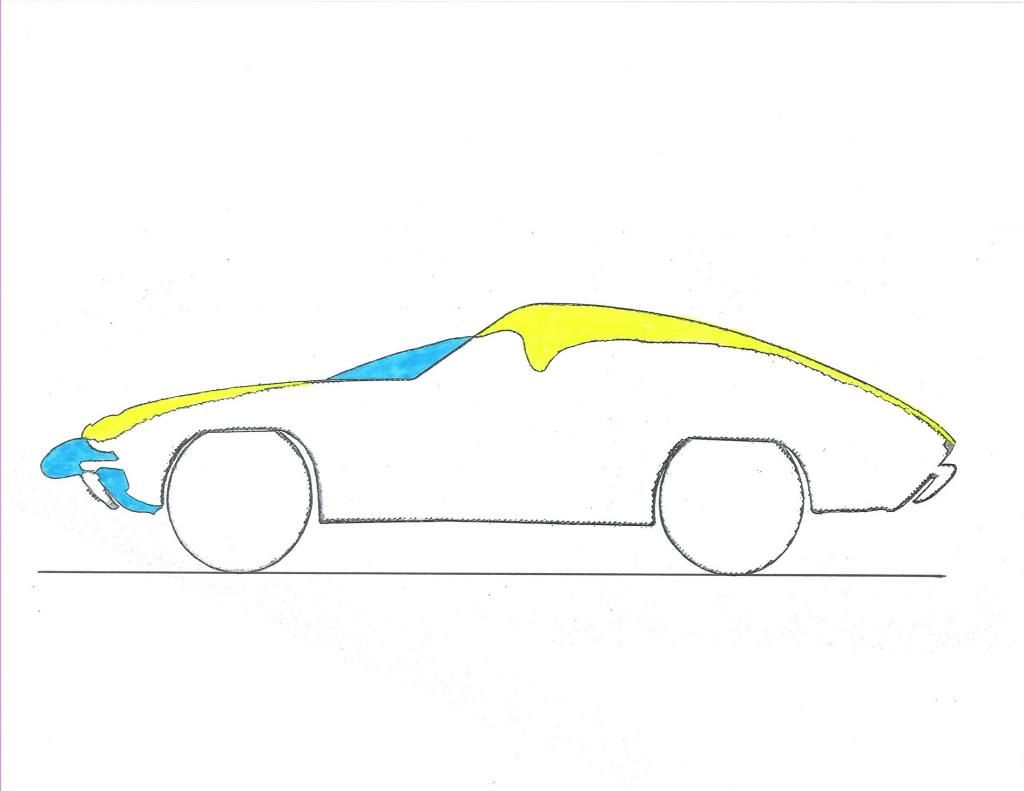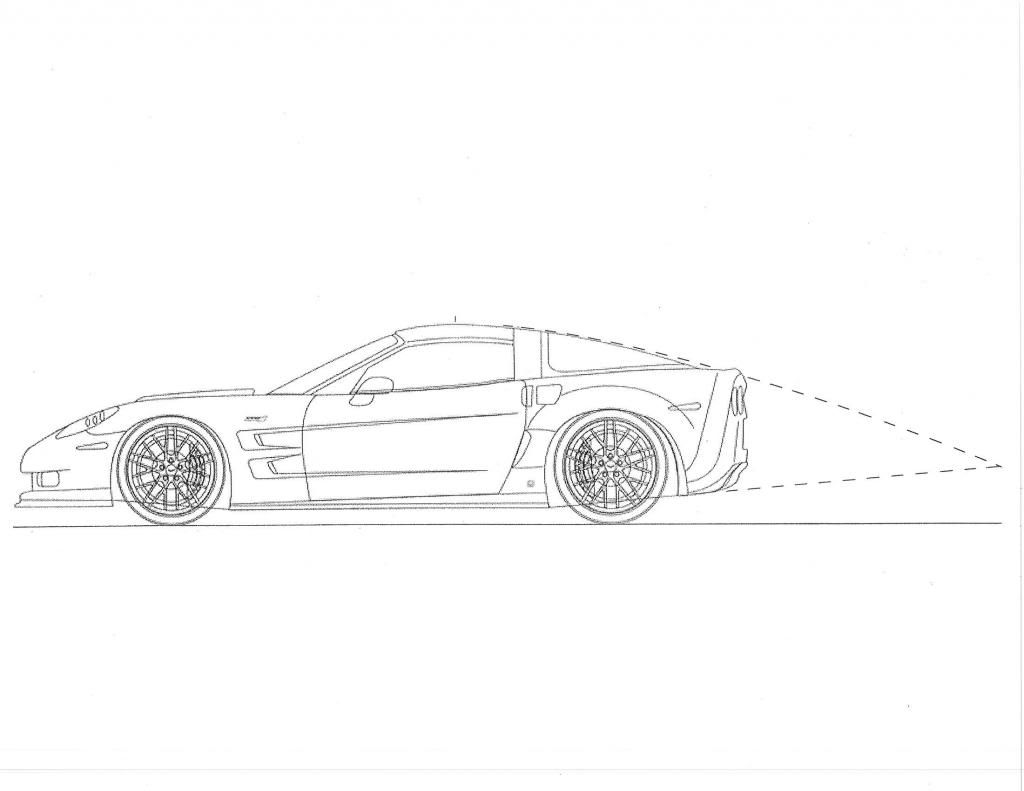Quote:
Originally Posted by 2000mc

can you dumb this down more for me, or would that pretty much be a book?
feelin kinda like homer....
Dr. Julius Hibbert: Homer, I'm afraid you'll have to undergo a coronary bypass operation.
Homer Simpson: Say it in English, Doc!
Dr. Julius Hibbert: You're going to need open-heart surgery.
Homer Simpson: Spare me your medical mumbo jumbo!
Dr. Julius Hibbert: We're going to cut you open and tinker with your ticker.
Homer Simpson: Could you dumb it down a shade?
|
*It's not a book,but at least a chapter
*The streamline filaments we visualize with smoke all have the same amount of energy,either as potential energy or kinetic energy,or some combination of both.They are isoenergetic.
*Danial Bernoulli demonstrated that when we move air,it loses some of it's static pressure and gains velocity pressure.
*At the forward stagnation point on your car,the pressure acting on this point is the ambient barometric pressure of the atmosphere plus the dynamic pressure.The 'Total' pressure.
*The Dynamic Pressure is in the Drag Power formula,and is ( 1/2 rho V-squared ).
*Near the windshield area,the air is going as fast as it's going to go and has virtually zero static pressure,and all velocity pressure (which an airspeed indicator,manometer,or MAGNEHELIC would operate on).
*With the tables shown,the aerodynamicists have drilled holes down the centerline of a full-scale automobile mockup,installed specially shaped static pressure taps under each hole,which lead off through plastic tubing to a bank of manometers.
*At a given air velocity,the bank of manometers are photographed simultaneously,and the readings captured.
*The length of the distance away from ,or underneath the surface of the car indicates the amplitude of the pressure,whether positive or negative,based upon the Dynamic Pressure.
*Each reading indicates the pressure coefficient at that location.

*The blue spike leading out from the front grille indicates the pressure which rams air through the cooling system,AC condenser,intercooler,and fluid coolers.
*The yellow areas indicate negative pressures measured at the body surface at the sampling locations.
*On this particular car,you notice that beyond the hood/cowl/windscreen bottom,there's no positive pressure acting on the body.
*This car would have 'lift' issues,front and rear,easily remedied with an airdam and small rear spoiler.
--------------------------------------------------------------------------
*For streamlining,you want gentle teardrop taper which while providing a small pressure rise,does not exceed what the turbulent boundary layer can handle.
*The air directly against the skin of your car is already at a standstill,do to the viscous affects of the air.
*If the body cross-section changes too rapidly,Bernoulli's Theorem mandates that the air decelerate.
*This is impossible,since the air is already at rest.
*And since the angle is too steep,the free-stream outside the boundary layer cannot successfully transfer momentum energy (bullets) to pin the air against the body,the boundary layer just lifts away,and heads for the windshield area,while being smacked by the oncoming flow,causing it to roll up into eddies,then turbulence.
*Here is the 1963 Corvette Stingray.With a 'Template' comparison we can anticipate rear lift issues,and with the pressure profile you can see that there exists no positive pressure over the back of the car.

If you fast-forward to 2014,you can see how GM has lofted the aft-body of the Corvette Stingray,adding high-speed stability in the bargain.

*They get some mpg potential as well.